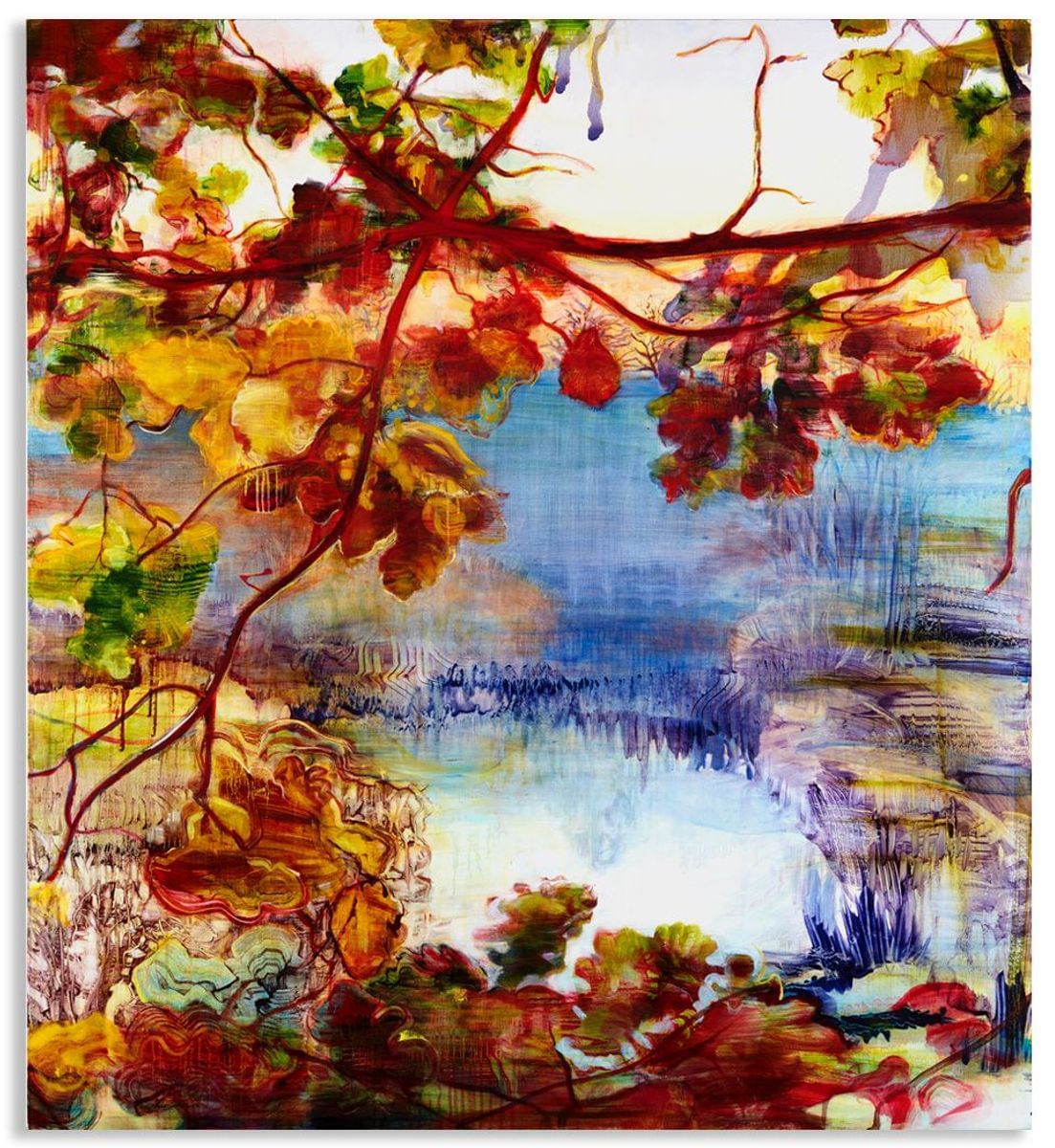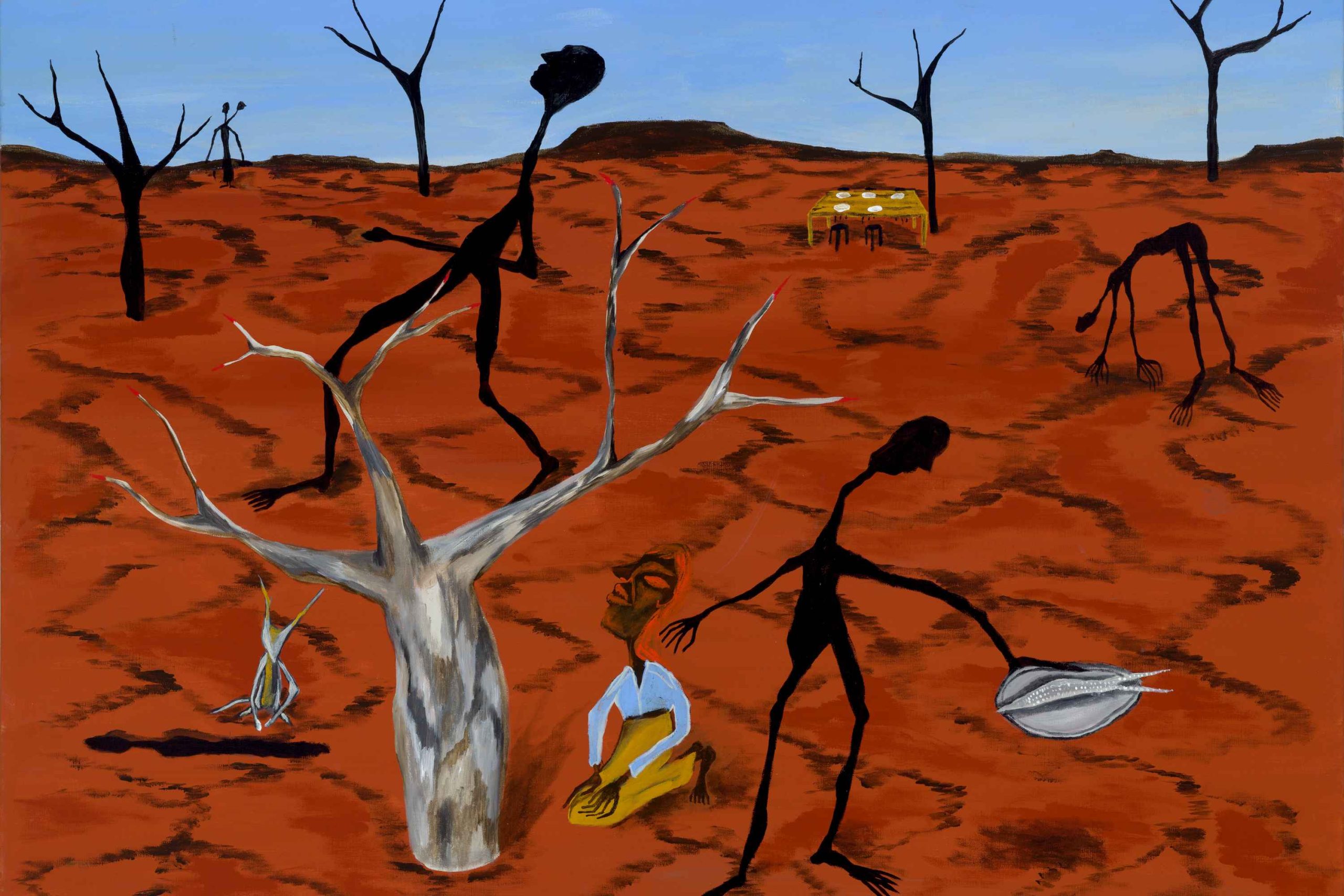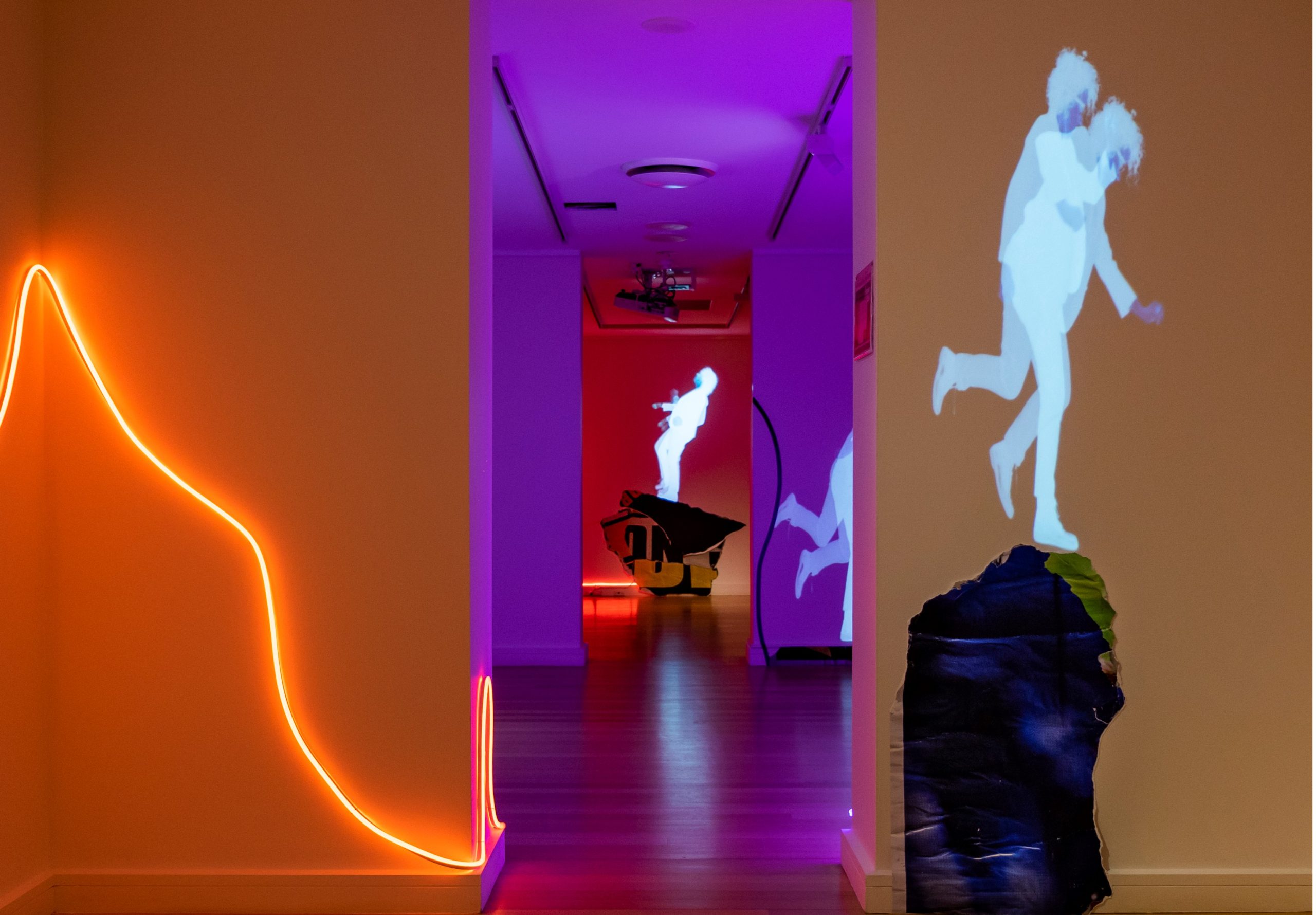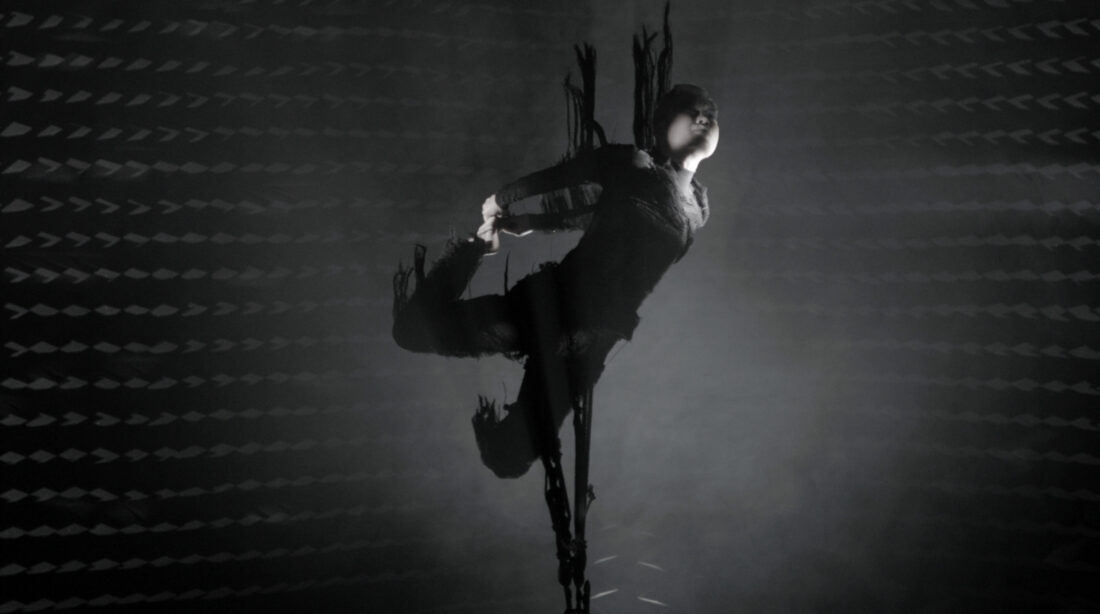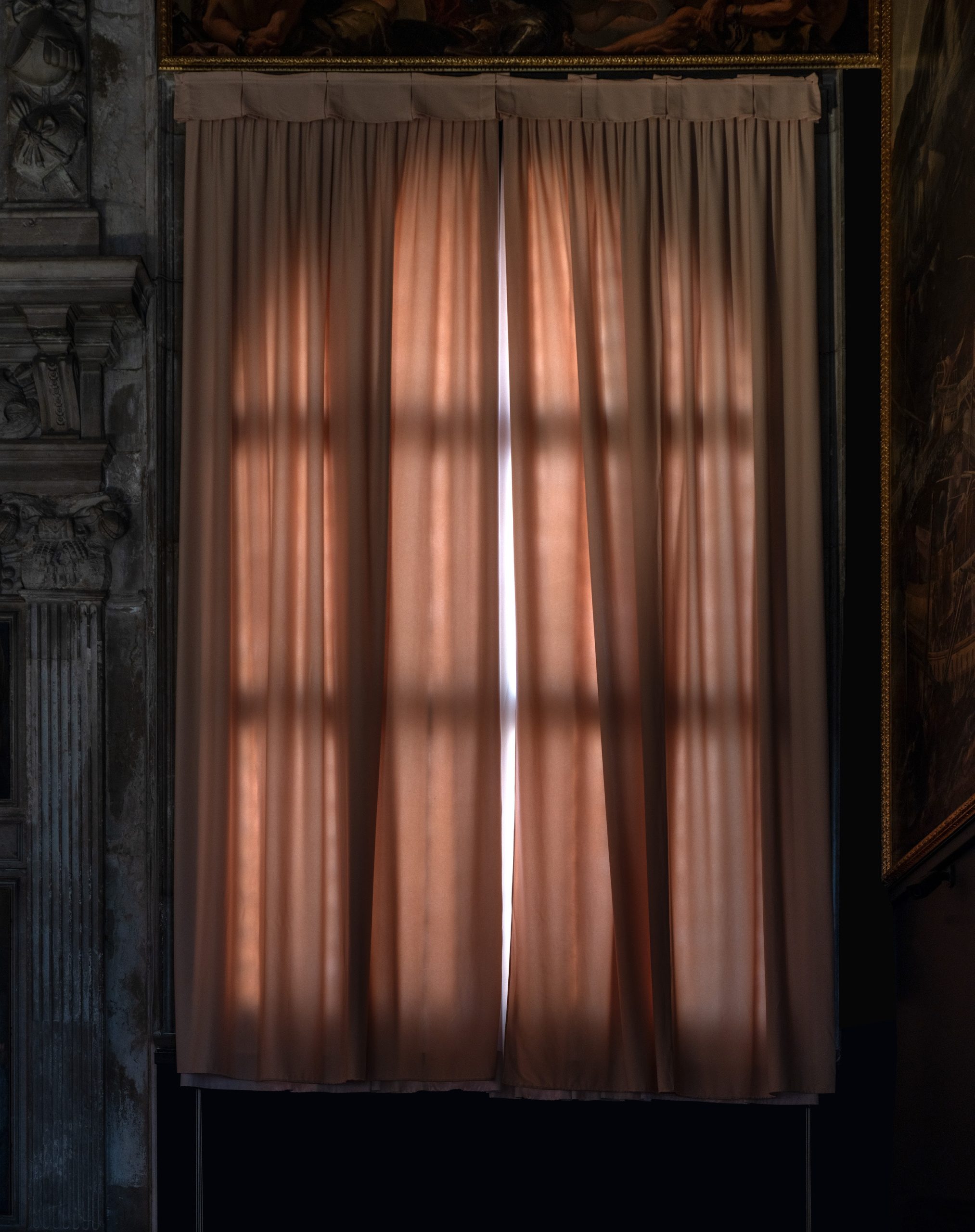Living between Sydney and South West France for family reasons affords Adrienne Gaha the benefit of avoiding a full winter in either location. “I never have a whole summer, either, but I do have two whole autumns, one here and one in Quercy,” Gaha says of the rural area situated 90km north of Toulouse. “But they are such different worlds and I’m always trying to reconcile them.”
Balancing those two worlds in her mind feeds into her method of art making, which seeks to achieve a harmony between ‘painting as subject’ and ‘painting about paint’.
Often, Gaha will begin a work in Quercy during the French automne, leave it, then bring it back here and finish it in her Rosebery studio over the antipodean autumn. It’s the harvest season, after all, and two autumns provide the Sydney-born artist with a bounty of creative energy and visual food for thought. “I keep returning to the same source images – Titian’s Worship of Venus 1518-19 and Fragonard’s The Swing c.1767-68 are two examples – so it’s like the same ground producing different crops,” she muses.
In her new series of paintings, Two Autumns, Gaha has, on top of Titian and Fragonard, also included motifs and passages drawn from works by Antonie Waterloo, François Boucher and Henry Fuseli, as well as from photos taken by herself and others. Fluently traversing the art-historical traditions of landscape, genre and history painting, Gaha pulls what she needs from each to construct richly hued fever dreams whose multi-layered compositions seem to float before our very eyes.
Partially erased figures glow like revenants. Clouds part, trees close in. Around them, the atmosphere is a heady nebula of striations overlaid with tiny rivulets of dripping colour. “I like my figures to be rubbed out,” Gaha says. “It’s as though they’ve been blasted by light or weather; the environment is stronger than them. But they can be read as ghosts, too. Are they a memory or vestige of something? The ambiguity is quite nice.”
Melding figurative and abstract elements, Gaha complicates the process of visual recognition by manipulating paint in idiosyncratic ways. Gravity is employed in the service of drip work; pigment is mixed with varying amounts of medium to produce a range of glazes, from thin to jelly-like; a panoply of tools enables her to smear and scratch into wet or semi-dry paint. The aim is to effect a dynamic tension between ‘looking through’ and ‘looking at’ by empowering the viewer to hold both approaches in their mind at the same time.
“It’s about letting the paint do something interesting without controlling it too much,” Gaha says, before adding: “Really, in the end, these paintings are all about light, and how light describes the world.”
Image: Quercy Autumn 2023, oil on linen, 168 x 153 cm

